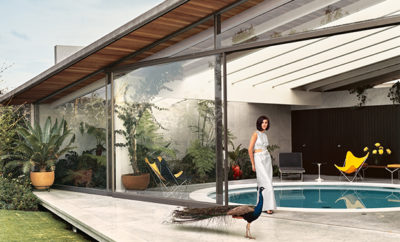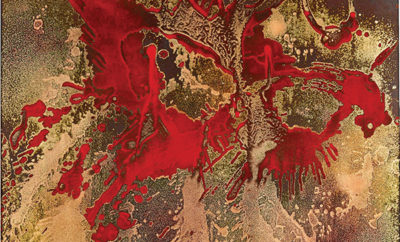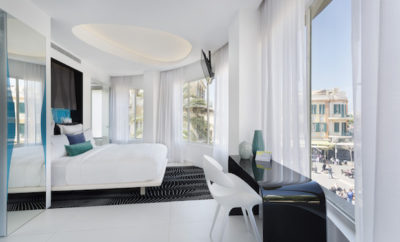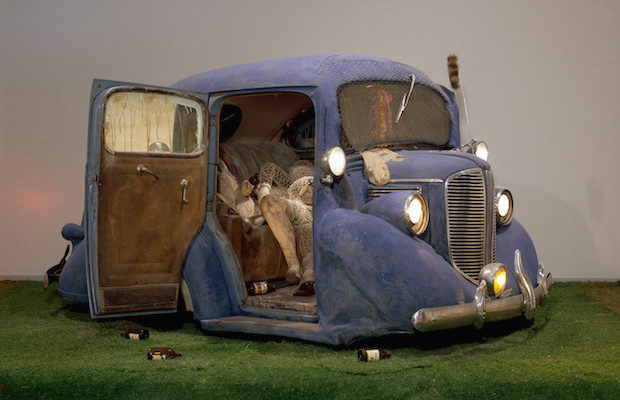 © Keinholz / Photo © Museum Associates/LACMA
© Keinholz / Photo © Museum Associates/LACMA
Exhibition
A Bold Advocate for Art
VIRGINIA DWAN’S CONSIDERABLE CONTRIBUTION to the evolution of postwar American art is underdocumented and relatively unknown, even though she personally championed and financed some of its most important works and artists of the 1960s and ‘70s. A current exhibition at the Los Angeles County Museum of Art (LACMA) showcases the trajectory of this dealer-cum-art patron, revealing a largesse inspired by passion rather than commercial zeal. Dwan exhibited Yves Klein, Arman, Jean Tinguely, Niki de Saint Phalle, Andy Warhol, Edward Kienholz, Robert Rauschenberg, Sol LeWitt, Agnes Martin, Carl Andre, Dan Flavin, and Robert Smithson, to name but a very few.
Dwan opened her first gallery in the Westwood area of Los Angeles in 1959, when she was twenty-eight. The modest storefront space was near the University of California, Los Angeles, where she had studied. She began a lifelong commitment to the realization of artistic projects—a pledge she upheld with a substantial personal inheritance. She opened her second gallery, in New York City, in 1965 and was among the first to have concurrent spaces on both coasts.

Collection of Estate of Virginia Dwan, © Estate of Larry Rivers/licensed by Vaga, New York, NY / Tricia Zigmund Photo
Los Angeles to New York: Dwan Gallery, 1959–1971, curated by art historian James Meyer, features work drawn from Dwan’s personal collection, exhibitions, gifts, and sales and attests to the scope of her patronage. The exhibition— which originated at the National Gallery of Art in Washington, D.C., the recent recipient of a bequest of Dwan’s 250-piece personal collection—also addresses the changing nature of mobility at the time, which made the existence of a bicoastal gallery like Dwan’s, then relatively unheard of, possible. With the development of an interstate highway system and the accessibility of commercial flights, the logistics of distance became less formidable.
In the relatively brief period that Dwan had galleries in L.A. and New York, she was instrumental in facilitating the production and exhibition of fledgling avant-garde movements, notably, minimalism, conceptualism, and later, land art. These included full land art interventions like Robert Smithson’s Spiral Jetty (1970), a project that graces the pages of any survey textbook on the subject, and Michael Heizer’s Double Negative (1969–1970). She was an intrepid advocate, and though her galleries consistently operated at a loss, her considerable means allowed her to provide her artists with stipends, travel, accommodations, materials, and space.
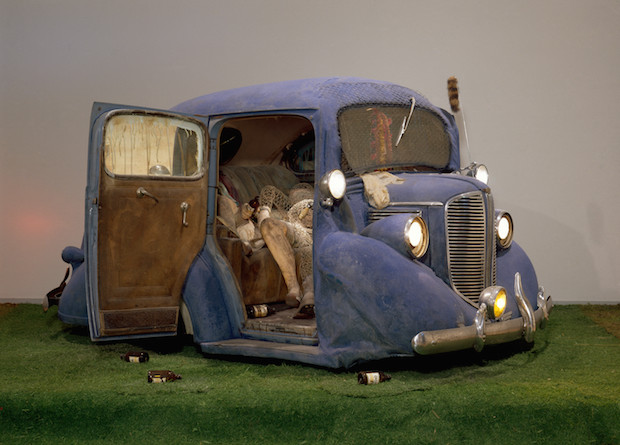
Los Angeles County Museum of Art, purchased with funds by the Art Museum Council Fund, © Keinholz / Photo © Museum Associates/LACMA
She was the first to give Rauschenberg a solo exhibition on the West Coast and the first to show Edward Kienholz on the East, as well as the first to bring French nouveau réalisme by the likes of Klein, Arman, and Tinguely to L.A. LACMA senior curator Stephanie Barron says: “Dwan championed work far beyond easel painting at a time when things were changing rapidly, embracing work that challenged the definition of what art was and could be. The velocity of change captured in those eleven years was staggering.”
LACMA’s iteration of Los Angeles to New York, on view until September 10, includes twenty-seven additions to the National Gallery presentation, all with a direct provenance to the gallerist. Barron offers: “The most dramatic works in the addition are, I think, a multipart sculpture by Charles Ross given to LACMA in the ‘80s, and a Yellow sculpture by Robert Grosvenor—this was exhibited in LA in ‘66 and then included in American Sculpture of the Sixties in ‘67 at LACMA….The piece really gives a sense of the ambitious dimension and scale of the works Dwan showed.” Dwan closed her gallery in 1971, and continued to act as patron, primarily to artists working in land art. It seems fitting that with a vision as unimpeded as Dwan’s, only nature itself would be an adequate challenge as a final frontier.


